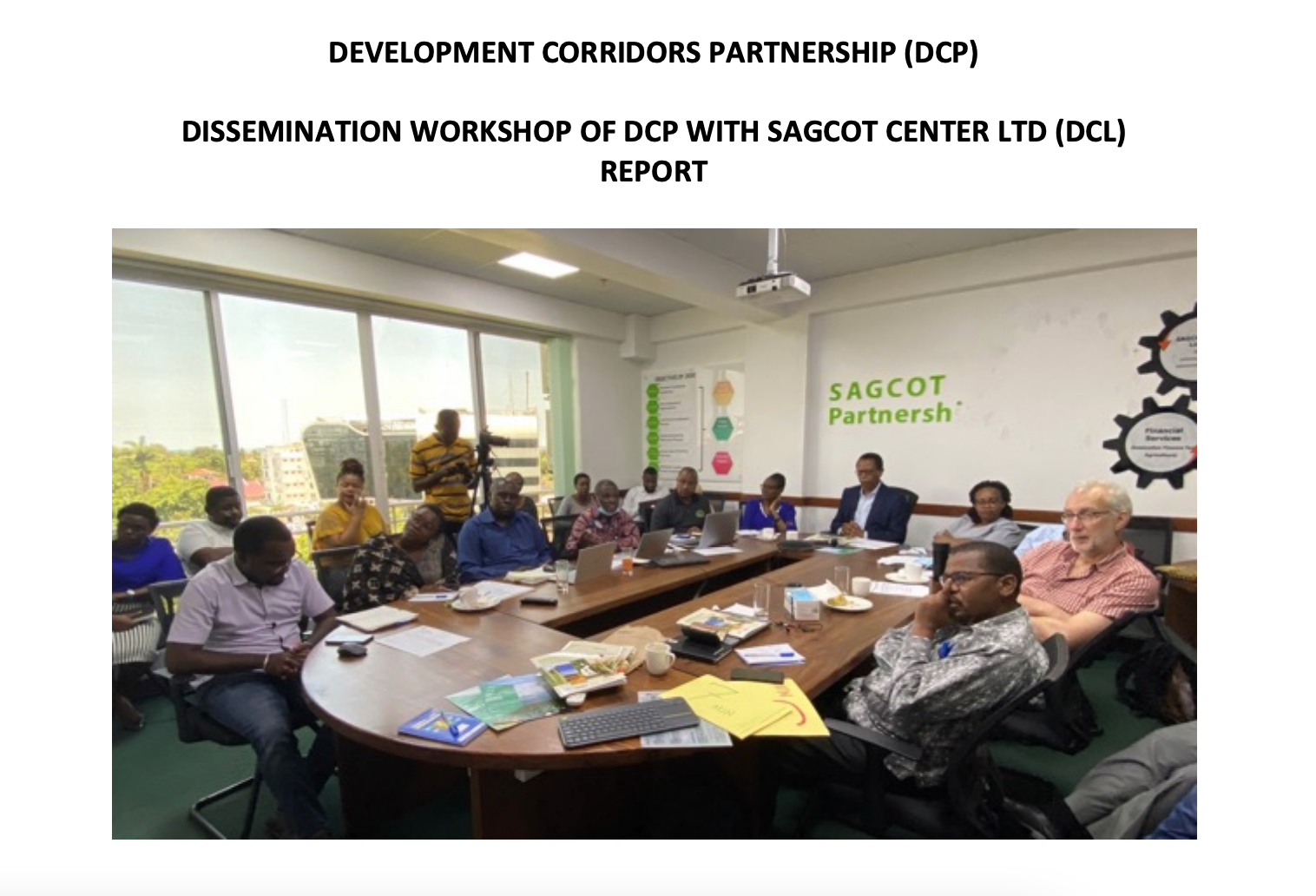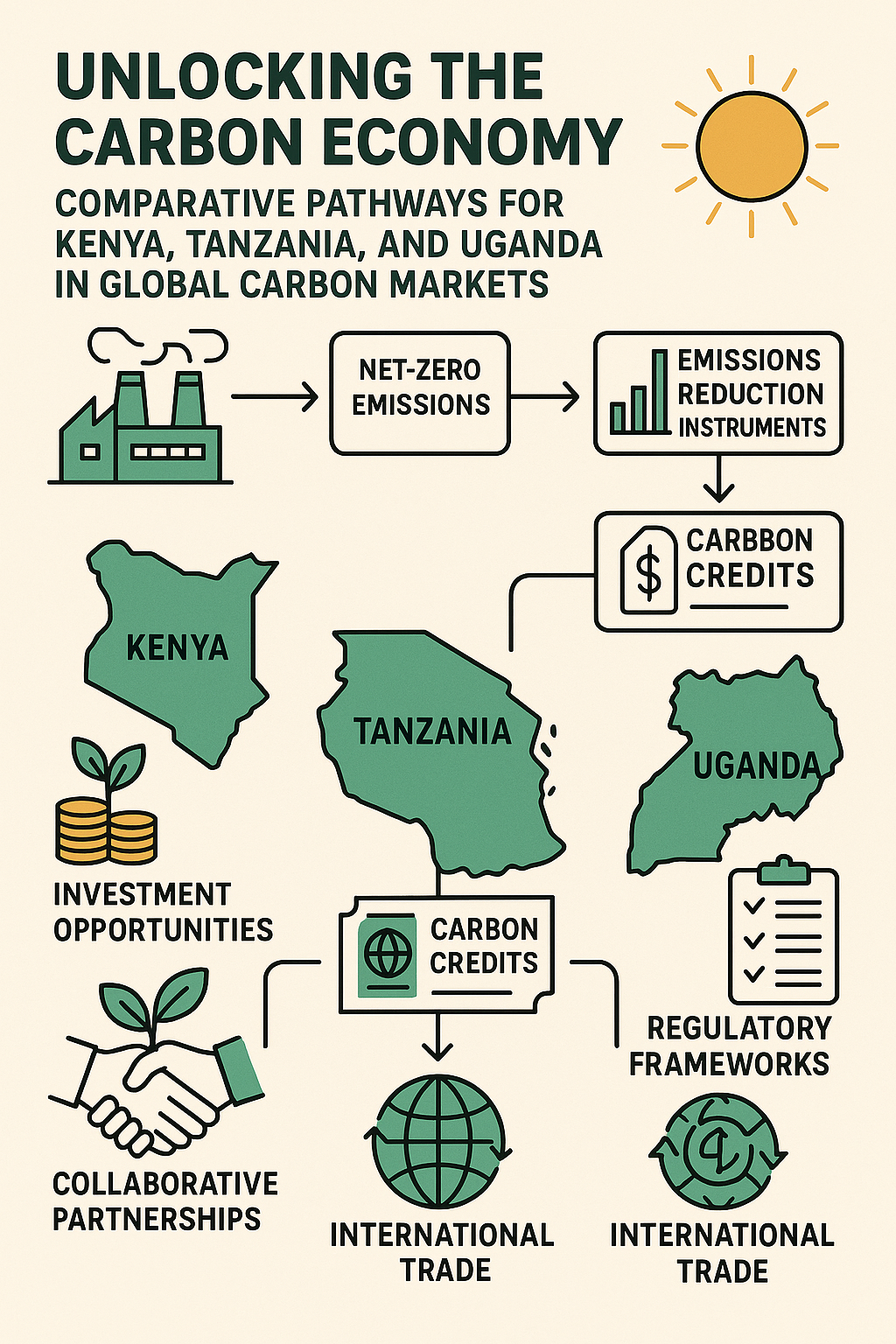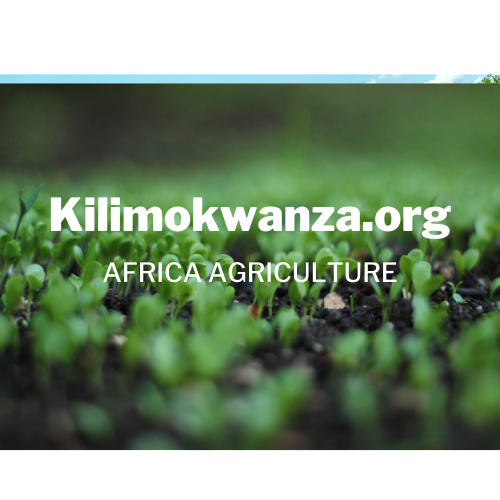Kilimokwanza.org Team
On a bright day in Dar es Salaam, Tanzania, a gathering of minds and hearts took place, marking a significant moment in the journey towards sustainable development in one of Africa’s most vibrant landscapes. The Development Corridors Partnership (DCP) Dissemination Workshop, held in collaboration with the Southern Agricultural Growth Corridor of Tanzania (SAGCOT) Centre Ltd on 18 February 2022, became a crucible for ideas and aspirations aimed at fostering economic growth while safeguarding the environmental treasures of Tanzania.
The workshop participants such as Geoffrey Kirenga, CEO of SAGCOT Centre Ltd, and Neil Burgess, WCMC Principal Investigator, the workshop’s roster read like a who’s who of experts and leaders in agricultural development, environmental conservation, and sustainable finance.
presentations by Professor Neil Burgess and Jessica Thorn, whose insights encapsulated the innovative spirit and collaborative ethos of the workshop.
Professor Neil Burgess: Charting the Course with Data and Dialogue
Professor Neil Burgess, representing the United Nations Environment Programme World Conservation Monitoring Center (UNEP-WCMC) and DCP, set the stage with an engaging overview of the purpose, promise, and perils of development corridors. His introductory remarks highlighted the critical role of informed planning, implementation, and monitoring in mitigating the risks associated with these development initiatives.
Burgess delved into the arsenal of resources being developed by DCP to support sustainable corridor development, including the Environmental Impact Assessment (EIA)/Strategic Environmental Assessment (SEA) sourcebook, an online corridors resource hub, the African Corridors database, and an e-learning course on corridors. These tools are designed to empower stakeholders with the knowledge and skills needed to navigate the complexities of development projects.
Further enriching the dialogue, Burgess showcased specific DCP research efforts, such as updated land cover and habitat maps for the Kilombero cluster and wildlife corridors mapping, focusing on priority elephant corridors. These projects exemplify DCP’s commitment to blending scientific research with practical applications, ensuring that development corridors enhance rather than endanger the natural and social landscapes they traverse.
Jessica Thorn: Envisioning Futures through Participatory Scenario Planning
Jessica Thorn’s presentation on participatory scenario planning offered a compelling glimpse into the power of inclusive dialogue and foresight in decision-making. Through the Kesho Mpya (New Tomorrow) initiative, Thorn demonstrated how stakeholder perceptions could be harnessed to envision sustainable futures amidst uncertainty.
The participatory process in Kilombero led to the creation of four distinct socio-economic and land use scenarios, each reflecting a potential path for the region’s development into 2030 and beyond. These scenarios ranged from the optimistic “Kilombero Mpya” (New Kilombero) to the cautionary “Shrinking Kilombero,” providing a framework for exploring the implications of various development trajectories on local economies, strategic value chains, and climate resilience.
Thorn’s analysis culminated in a set of policy recommendations addressing critical issues such as small-scale farmer intensification, food sovereignty, environmental impact assessments, and the transition to renewable energy. These recommendations underscore the need for holistic and adaptive strategies that recognize the interconnectedness of environmental, economic, and social priorities.
Reflecting on Implications and Innovations
The presentations by Burgess and Thorn sparked a vibrant discussion among workshop participants, raising key questions about the regulation of genetically modified organisms (GMOs), the role of large-scale (nuclear) farms, and the challenges of securing sustainable financing for recommended initiatives. These dialogues underscored the complexity of translating visionary scenarios into actionable policies, highlighting the importance of robust regulatory frameworks, inclusive economic models, and innovative financing mechanisms.
Harnessing Natural Capital for Sustainable Development: Insights and Innovations from DCP Research
The Development Corridors Partnership (DCP) Dissemination Workshop took a pivotal turn as it delved into the essence of natural capital and ecosystem services, showcasing groundbreaking research by DCP teams from Sokoine University of Agriculture (SUA) and the UNEP World Conservation Monitoring Centre (UNEP-WCMC). This session illuminated the intricate relationship between natural assets and human well-being, setting the stage for informed decision-making in the SAGCOT region’s development initiatives.
The SUA Perspective: Valuing Nature in SAGCOT
Presented by Nyemo Chilagane, the SUA team’s findings underscored the rich biodiversity within the SAGCOT region and its invaluable ecosystem services, such as pollination, water provision, and climate stabilization. Through comprehensive biodiversity surveys and land use analysis, SUA highlighted the critical yet often overlooked benefits nature provides to agriculture and local livelihoods.
A significant focus was placed on the prioritization of ecosystem services, revealing a divergence between expert and community perspectives on what constitutes a priority ecosystem. While experts leaned towards climate services, communities emphasized the importance of water services, underscoring the need for development approaches that are grounded in local realities and needs.
The economic contributions of ecosystem services were also brought to light, with findings showing substantial contributions to local households’ income and subsistence, from fisheries and timber. Additionally, SUA’s research into historical land use changes painted a stark picture of the environmental transformations underway, with notable impacts on ecosystem services, water cycles, and carbon storage.
UNEP-WCMC: Mapping Future Scenarios
Following SUA’s insights, UNEP-WCMC presented their work on natural capital mapping across the Ihemi and Kilombero clusters, employing a forward-looking perspective through future scenario modeling. This analysis revealed critical areas for water provision and the implications of various development scenarios on ecosystem services. The mapping efforts provided a visual and quantitative foundation to appreciate the significant role of strategic land use planning in enhancing ecosystem service delivery and mitigating environmental impacts.
Bridging Research and Application
The workshop transitioned into a discussion on the practical applications of these research findings to SAGCOT’s strategic initiatives. Professors Munishi and Kashaigili proposed several applications, including rainwater harvesting, carbon sequestration, and the identification of sensitive areas for sediment control and erosion prevention. This dialogue underscored the potential of integrating natural capital considerations into agricultural and livestock production practices, aiming to foster sustainable value chains and land management practices.
Engaging in Fruitful Dialogue
The session sparked a robust debate on the drivers of land degradation, the role of population pressure versus agricultural investments, and the broader socio-economic implications of environmental change. Questions were raised about how to effectively communicate complex scientific findings to local communities and policymakers, highlighting the need for more accessible language and contextualized recommendations.
Participants expressed a strong interest in the valuation of ecosystem services and the exploration of nature-based solutions (NBS) to address societal challenges. The discussion pointed to the increasing opportunities in carbon markets and agroforestry as viable pathways for integrating ecological values into economic development.
The workshop not only celebrated past achievements but also laid the groundwork for future endeavors. The discussions underscored the importance of continued innovation, partnership development, and financial sustainability in scaling up the impact of development corridors. The role of data-driven decision-making, exemplified by the GIS management efforts of Renatus Magesa, was highlighted as a critical component of future strategies.
A Path Forward
As the workshop concluded, the message was clear: sustainable development corridors are not just pathways of economic growth but lifelines for the environment and local communities. The partnership between DCP and SAGCOT Centre Ltd, enriched by the diverse expertise of its participants, stands as a beacon of hope and a model for collaborative efforts worldwide.
The journey towards bridging economic development with environmental sustainability is fraught with challenges, yet the DCP Dissemination Workshop in Dar es Salaam has illuminated a path forward. Through shared knowledge, innovation, and unwavering commitment, the vision for sustainable development corridors in Tanzania and beyond moves closer to reality, promising a future where growth and conservation go hand in hand.




Leave a Reply